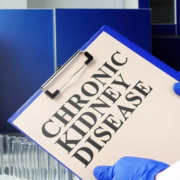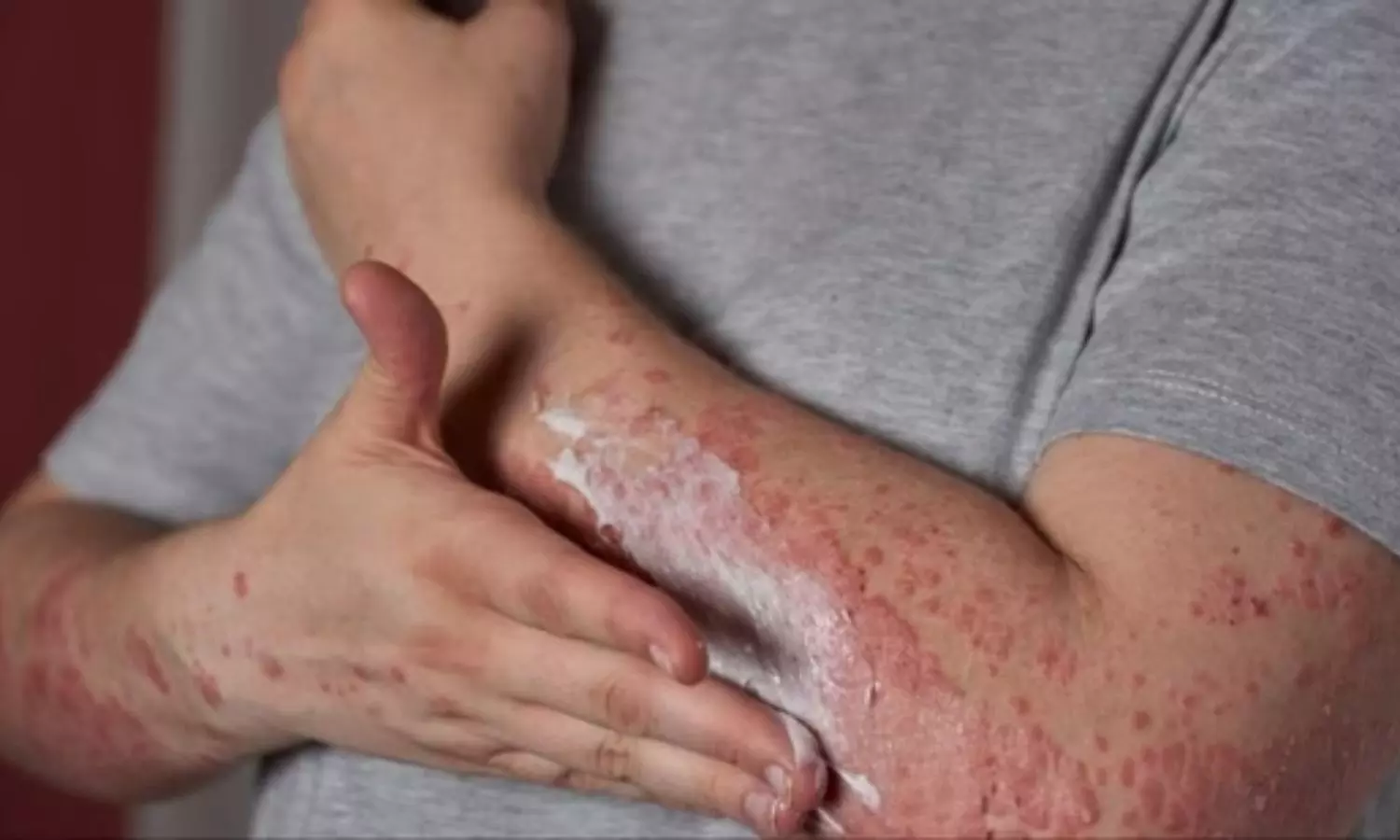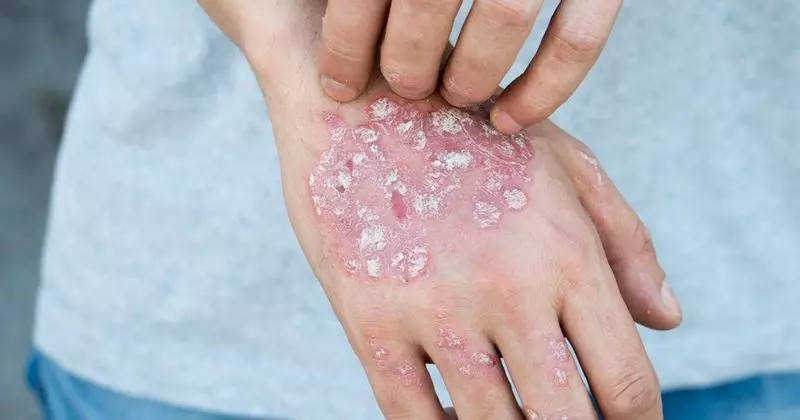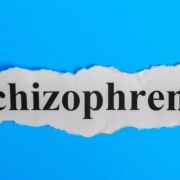Lettuce may be just as good as dock leaf for easing nettle sting symptoms: Study

Rubbing a lettuce leaf on a nettle sting to ease the associated discomfort may be just as good as using the age-old folk remedy of a dock leaf, suggest the results of a small comparative study, published online in Emergency Medicine Journal.
It may simply be the cooling and soothing effect of sap evaporating from a crushed leaf that brings relief, and doing nothing might work just as well, although possibly not if you’re a small child, suggest the researchers.
Nettles are a common native plant in the British Isles. Their stems and leaves are covered in stinging hairs, or trichomes, with a brittle tip that snaps off when touched, releasing a mini jet of chemicals (histamine, acetylcholine, and serotonin) into the skin.
Rubbing a dock leaf on the affected area to ease the ensuing discomfort is a well-known ancient folk remedy first mentioned 600 years ago by Geoffrey Chaucer in Troilus and Criseyde, point out the researchers.
This remedy may have been prompted by the cooling and soothing effect of sap evaporating from a crushed leaf, they say. “If so, any large, fresh and non-toxic leaf would do the job, and dock may have become the leaf of choice simply because it grows in similar habitats to nettle,” they suggest.
To find out if the remedy has any foundation in science, the researchers carried out the Nettle-induced Urticaria Treatment Study (NUTS), a randomised, double blind, active placebo-controlled trial involving 9 healthy emergency department doctors.
As the dummy treatment needed to mimic the physiological effect of the dock leaf, and be of similar size, shape, and texture, but contain no anti-inflammatory or toxic properties, a sweet gem lettuce was chosen.
Participants brushed the inside of a demarcated area of both forearms with two stems of freshly harvested nettle stem 10 times. They were then blindfolded.
After 60 seconds—to mimic the time it might take to find a dock leaf in real life-the participants rolled a die. If an odd number was rolled, 2 dock leaves were rubbed on the area for 60 seconds of their right arm and 2 lettuce leaves on their left for 60 seconds. For even numbers the application arms were reversed.
After each application participants were asked which arm they thought had been treated with dock and which with lettuce. And they rated the discomfort felt in each arm after 1–5, 10, 15 and 20 minutes on a scale of 0 (no discomfort) to 5 (the most discomfort possible from a nettle sting).
The term ‘discomfort’ incorporated the varied sensations provoked by nettle stings, to include burning, itching, and tingling. The score was tracked until resolution of symptoms, and named the Insult to Complete Healing (ITCH) score.
The total number of discrete wheals visible within the demarcated area at 5, 10, 15 and 20 minutes after stinging was also recorded and given as the Observable Urticaria/Count of Hives (OUCH) score.
Participants photographed their own forearms at these time points, and OUCH scores were counted subsequently by an observer unaware of the treatment arm to determine peak OUCH and time to peak OUCH.
The results showed that 3 participants correctly stated which arm had been treated with dock, 3 were incorrect, and 3 were completely unable to say which treatment had been applied.
The average absolute reduction in ITCH score at 5 minutes was 3 points for dock vs 2 points for lettuce-a difference of just 1 point, and not statistically significant.
And while there was a statistically significant fall in ITCH score over time for both interventions, there was no significant difference between dock and lettuce.
The average peak OUCH score was 27 for the dock treatment and 20 for the lettuce treatment, while the average time to peak OUCH was 5 minutes for both, neither of which was statistically significant.
The observed discomfort of nettle stings eased rapidly over 15–20 minutes with both dock and lettuce leaf applications, say the researchers. But “the effect was not significantly different between the two interventions.”
They add: “It is possible that the same relief would have occurred with no treatment at all, and our study design does not permit us to conclude that either dock or lettuce is better than simply doing nothing.”
And for children that probably isn’t an option, they suggest. “Patient/Public Involvement work from other studies suggests that children in particular do not consider doing nothing to be an acceptable option when they are in pain,and we feel this may well be applicable to nettle stings.”
They acknowledge the small sample size of the study, which precludes any firm conclusions from being drawn. And the trial was primarily carried out as part of a team building exercise and an exploration of the concepts involved in research.
But they write: “We conclude that dock leaf may work for nettle stings, [but] lettuce may be just as good, [and] relief comes quickly either way.”
Reference:
Nettle-induced Urticaria Treatment Study (NUTS): demonstrating the joy of research through a randomised, blinded, placebo-controlled trial, Emergency Medicine Journal (2024). DOI: 10.1136/emermed-2023-213915.
Powered by WPeMatico



















